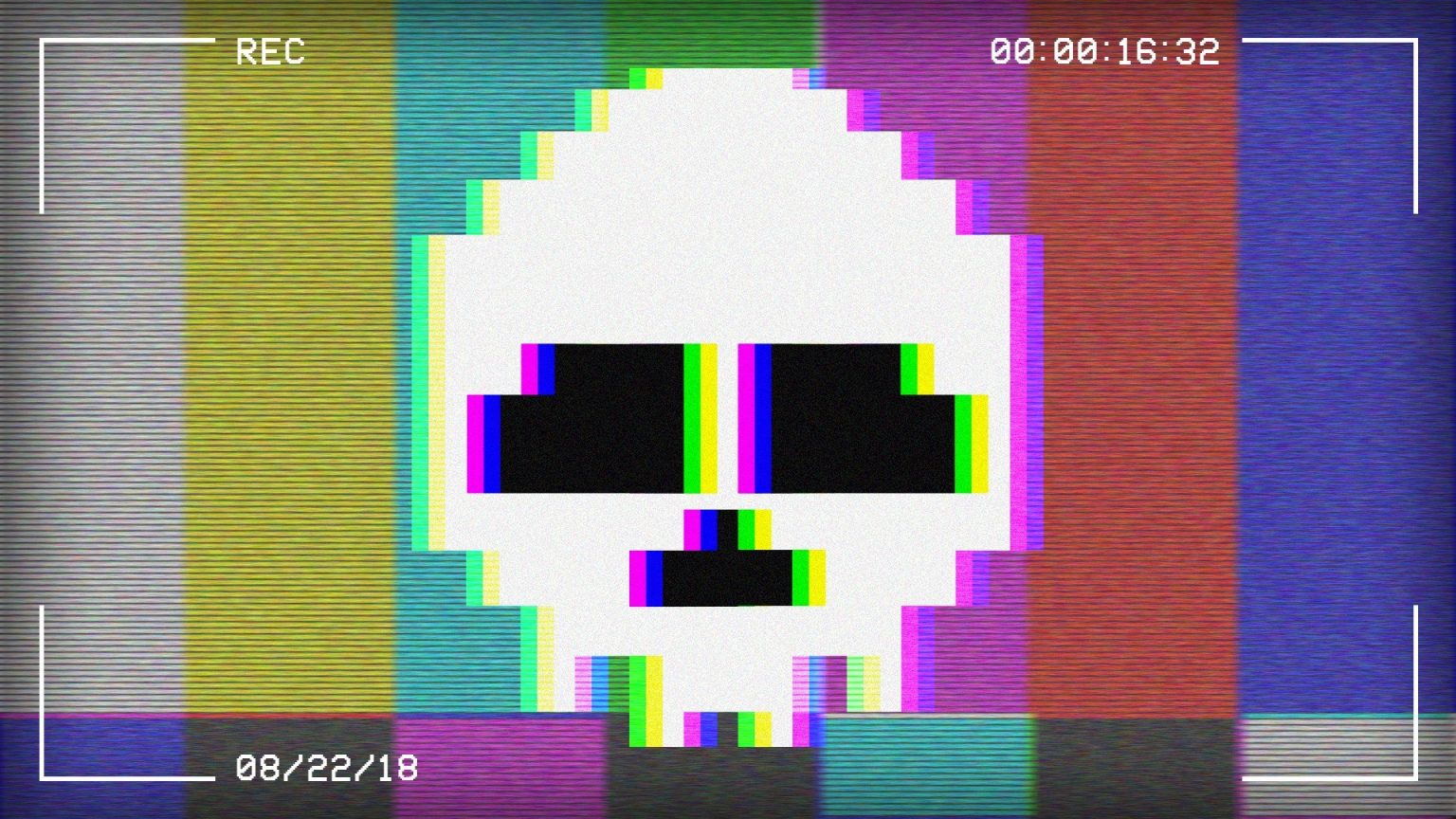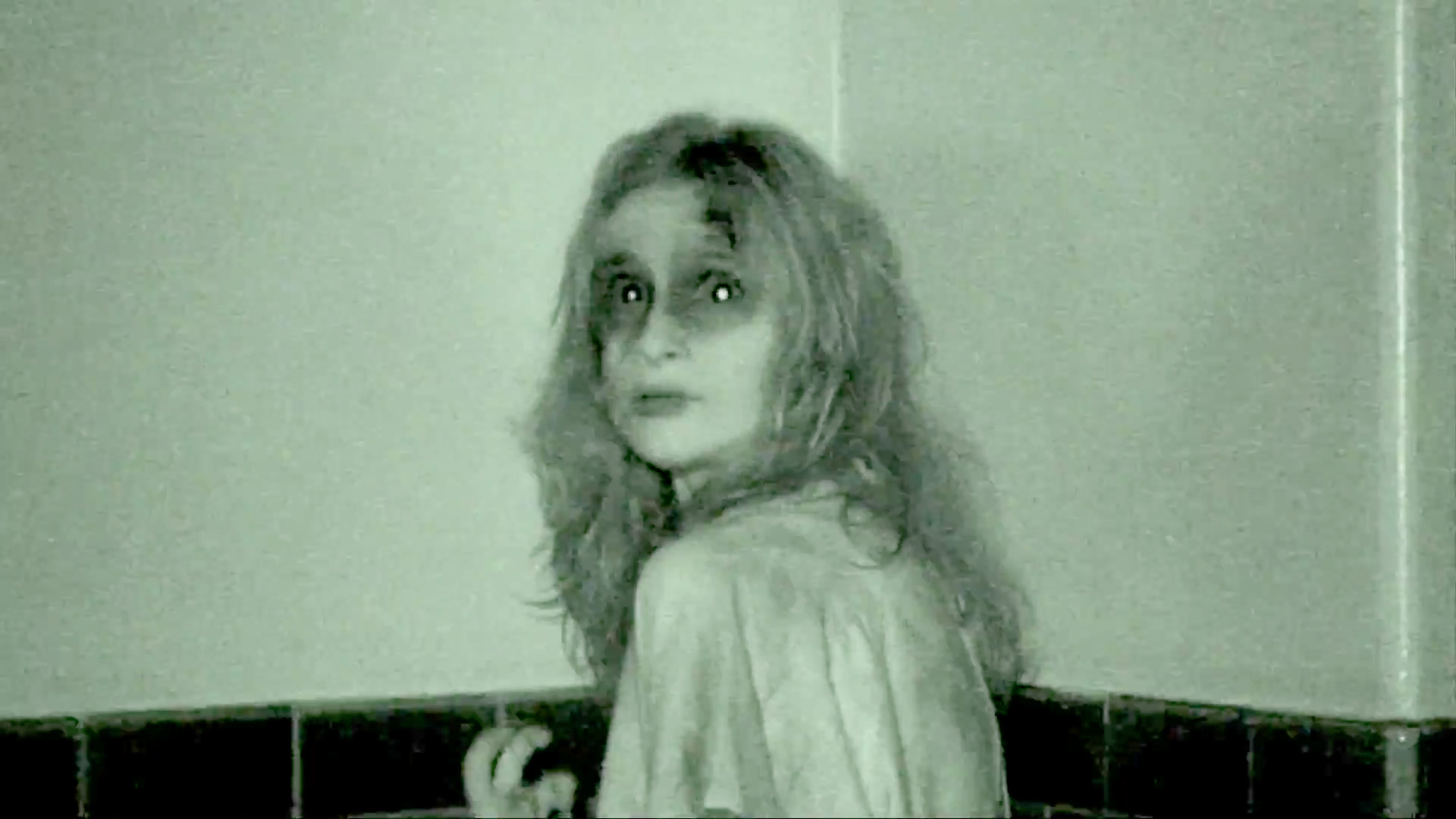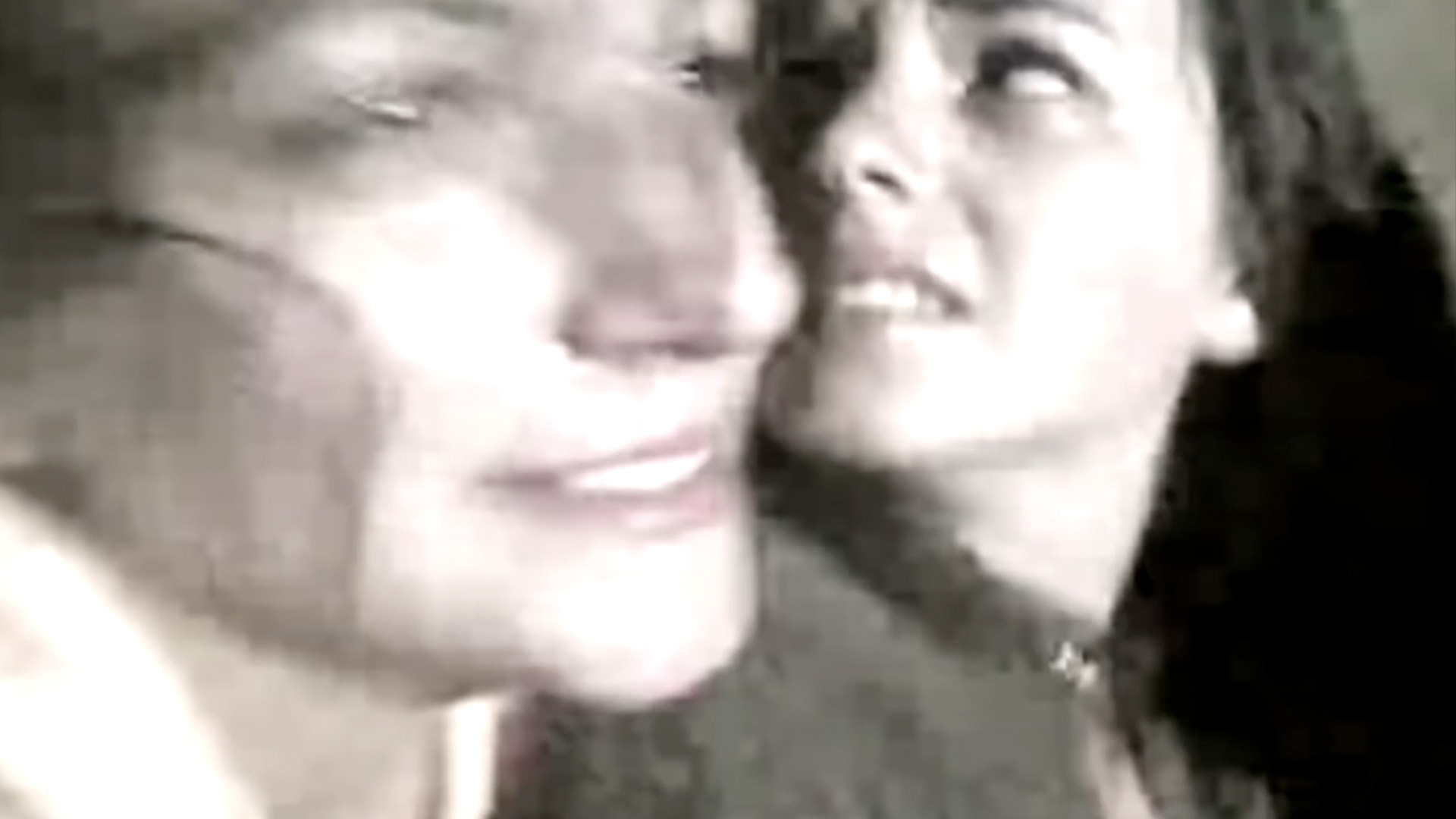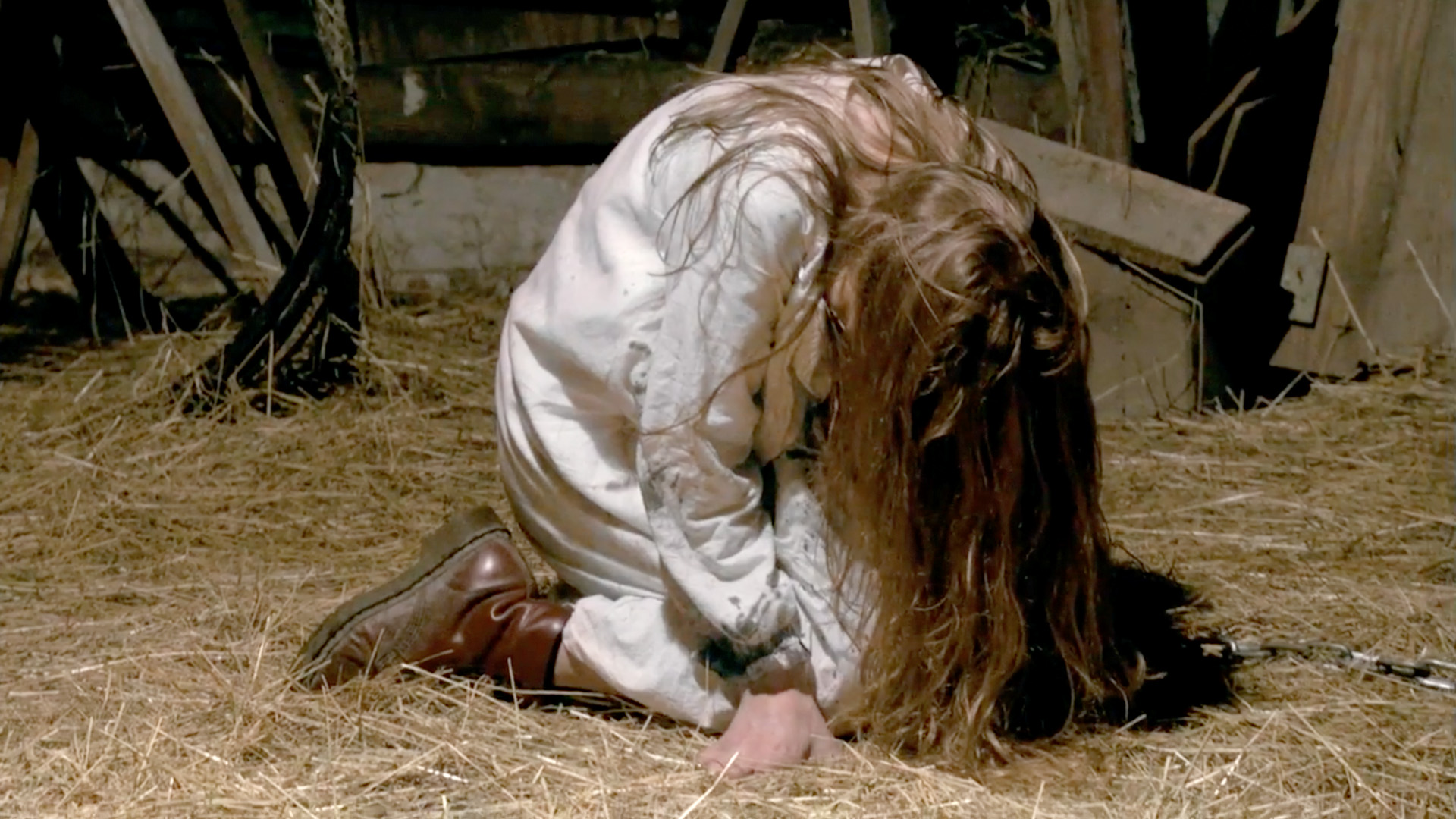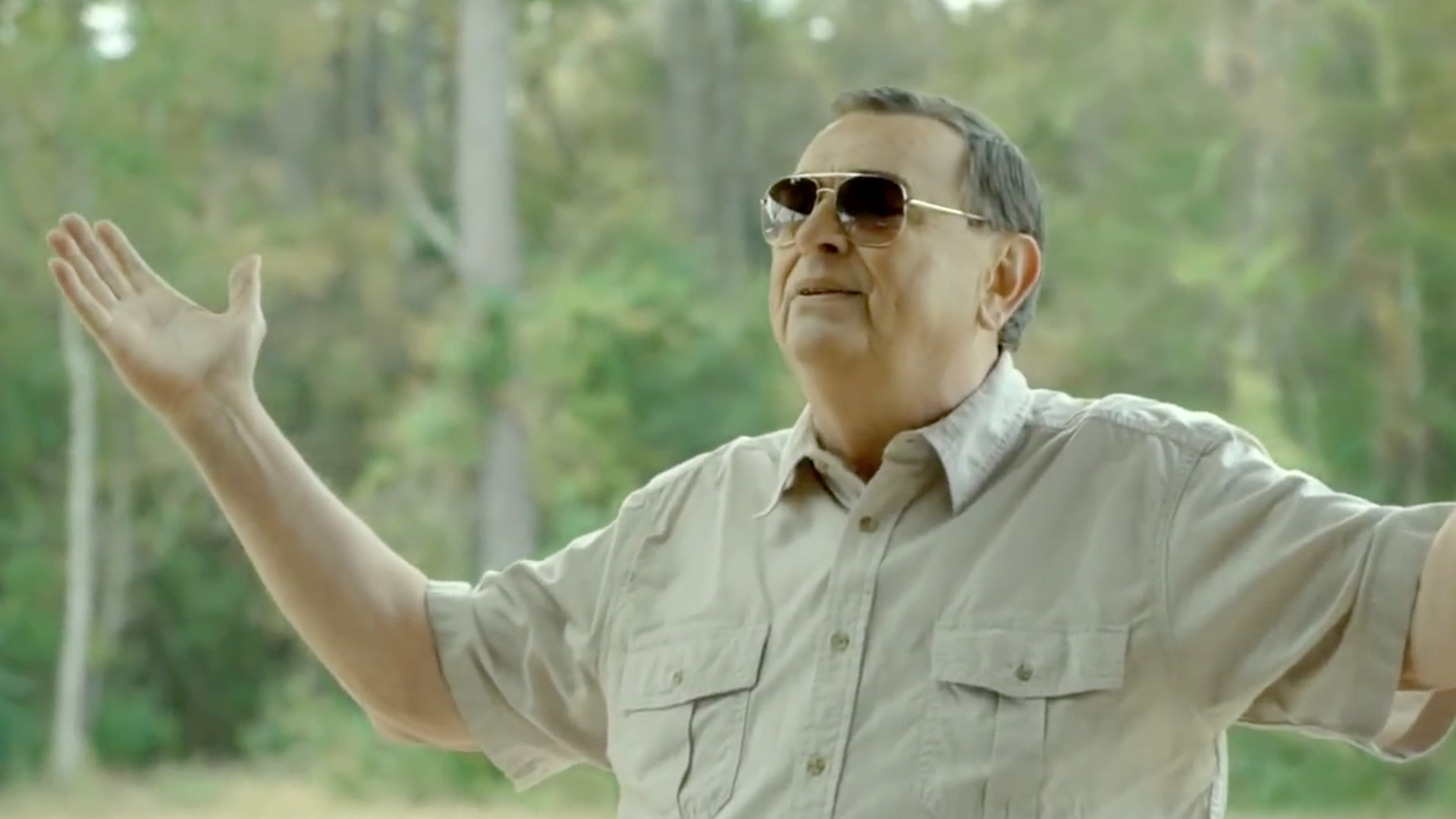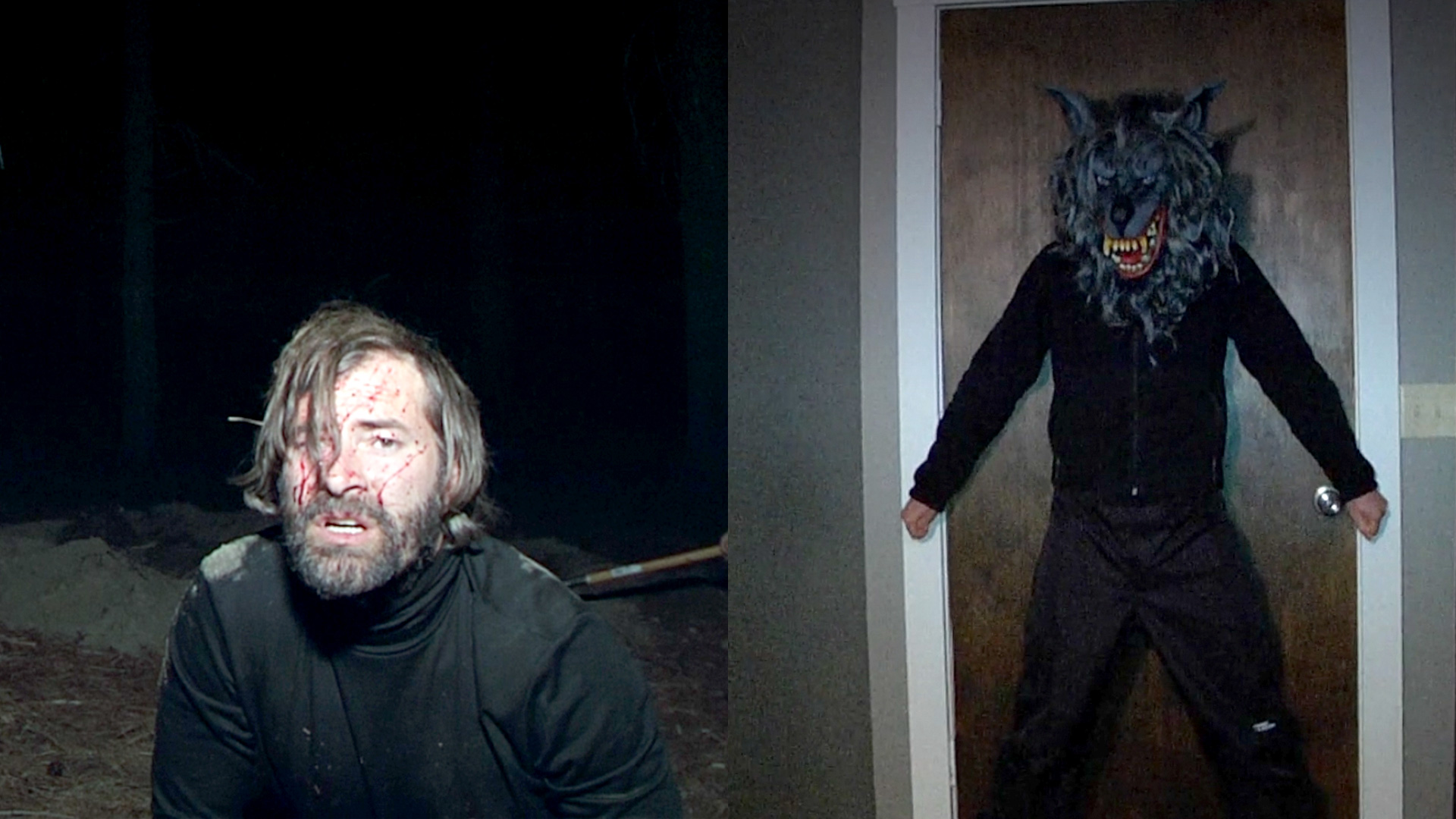Ever since the Blair Witch made kids stand in the corner in the late 1990s, faux-found footage has become a horror genre staple, displacing the slasher tropes of the 1970s and 1980s. This summer saw the release of two additions to this emerging horror canon: Unfriended: Dark Web and Searching. Dark Web is the harrowing second installment in the Unfriended series — but instead of screaming teens, we follow a group of adult friends who are exposed to, as the title suggests, the most repulsive and horrifying corners of the web. Searching is more of a traditional thriller: The story of a devoted dad searching for his missing daughter. To reflect our current times, these movies depart from the typically found-footage medium of a handheld video camera, opting instead for a computer screen and various apps: Skype, Facebook, iMessage, etc.
Found footage flourishes in the horror genre because there is an eerie, unsettling authenticity and voyeurism to the film characters’ ability to “control” the frame. As an audience member, you are completely locked into their terrifying circumstances unfolding in real-time, a conceit that allows directors to build tension and dread. Often what you don’t see is as terrifying as what you do see. Whatever horrors the characters endure, you must too. You cannot look away, and there is no escape from the scares. In honor of this evolving horror trope, here are some of the most terrifying found footage films from recent years:
Grave Encounters
Grave Encounters has the perfect horror genre setting: A haunted asylum. What follows is the unaired episode of a Ghost Hunters-Esque show gone terribly awry. The production crew and their charismatic host soon find themselves lost in a labyrinthine maze of endless hallways and corridors with no way out, and they begin to lose their sanity. The point-of-view shots from night-vision goggles and blinding white spotlights lend the visuals a sense of otherworldly dread. Grave Encounters relies on good old-fashioned thrills and short but arresting glimpses of the mental hospital’s ghostly prisoners.
Lake Mungo
Lake Mungo is a horror film wrapped in a poetic meditation on death: An Australian family believes their daughter Alice is haunting them, providing eerie photos with her hazy ghost in the background as evidence. They soon discover that she was leading a secret double life. One scene in particular (involving Alice’s grainy flip phone footage – if you’ve seen it you know what I’m talking about) is utterly bone-chilling and still haunts me to this day. Lake Mungo’s methodical use of found footage to slowly unfold its scares is both unique and disturbing.
The Last Exorcism
Movies about exorcisms are always automatically compared to William Friedkin’s watershed classic The Exorcist and often pale in comparison, but the use of found footage to enhance this familiar storyline of demonic possession makes The Last Exorcism an engaging watch. In it, a documentary crew follows an evangelist who has lost his faith and taken to performing fake rituals, but a possessed farmer’s daughter gives him more than he bargained for. The shaky-cam adds a disquieting immediacy and realism to the possession scenes, especially in the jaw-dropping ending that traps you in the dark countryside.
The Sacrament
Innovative young horror director Ti West presents his spin on the Jim Jones massacre, the magnetic but sinister religious cult leader who led his legions of followers to drink poisonous Kool-Aid. Two journalists document their co-worker’s journey to Eden Parish, a “heaven on earth” in a remote jungle, to find his sister. West employs a more malleable definition of found footage as some shots resemble that of a narrative feature, but when used well it works to put you in the thick of a cataclysmic community that hides its dark issues under an idyllic veneer. The use of found footage and its ability to focus on different angles and areas in the frame, help to expose the tensions between what is seen and unseen in this false paradise.
Creep / Creep 2
Mark Duplass’ bravura performances anchor the Creep films, which are a kooky, mumblecore take on the found-footage horror genre. In the first film, Aaron answers a cryptic online ad for $1,000 to film a documentary about an oddball cabin-dweller named Josef for his unborn son. Their intense and lengthy tête-à-tête unfurls into grisly violence and chaos. The static, distant camera and silence during the gruesome final scene, in which Josef is filming himself as a keepsake, is a petrifying gut-punch. Creep 2 ups the ante when Josef, now rechristened Aaron, meets his match with Sara, a girl with a YouTube show about people who post personal ads. The ending, in which Aaron tries to record another one of his killings, contains an exciting twist that cleverly demonstrates how found footage toys with background action.

